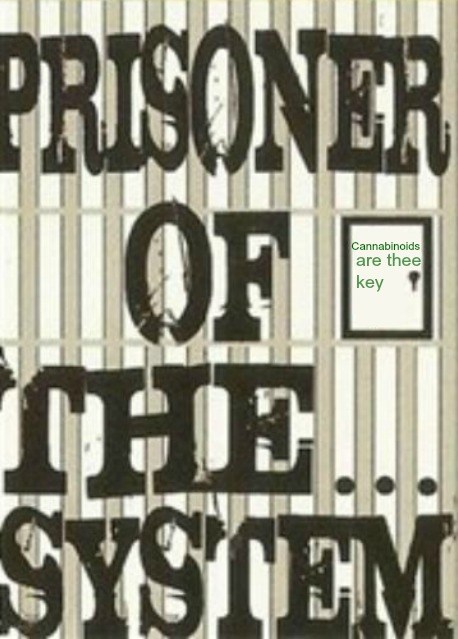A biophysical model of endocannabinoid-mediated short term depression in hippocampal inhibition.
A biophysical model of endocannabinoid-mediated short term depression in hippocampal inhibition.
Source
Department of Computer Science, University of Cyprus, Nicosia, Cyprus.
Abstract
Memories are believed to be represented in the synaptic pathways of vastly interconnected networks of neurons. The plasticity of synapses, that is, their strengthening and weakening depending on neuronal activity, is believed to be the basis of learning and establishing memories. An increasing number of studies indicate that endocannabinoids have a widespread action on brain function through modulation of synap-tic transmission and plasticity. Recent experimental studies have characterised the role of endocannabinoids in mediating both short- and long-term synaptic plasticity in various brain regions including the hippocampus, a brain region strongly associated with cognitive functions, such as learning and memory. Here, we present a biophysically plausible model of cannabinoidretrograde signalling at the synaptic level and investigate how this signalling mediates depolarisation induced suppression of inhibition (DSI), a prominent form of short-term synaptic depression in inhibitory transmission in hippocampus. The model successfully captures many of the key characteristics of DSI in the hippocampus, as observed experimentally, with a minimal yet sufficient mathematical description of the major signalling molecules and cascades involved. More specifically, this model serves as a framework to test hypotheses on the factors determining the variability of DSI and investigate under which conditions it can be evoked. The model reveals the frequency and duration bands in which the post-synaptic cell can be sufficiently stimulated to elicit DSI. Moreover, the model provides key insights on how the state of the inhibitory cell modulates DSI according to its firing rate and relative timing to the post-synaptic activation. Thus, it provides concrete suggestions to further investigate experimentally how DSI modulates and is modulated by neuronal activity in the brain. Importantly, this model serves as a stepping stone for future deciphering of the role of endocannabinoids in synaptic transmission as a feedback mechanism both at synaptic and network level.
- PMID:
23527052
[PubMed – in process]

http://www.ncbi.nlm.nih.gov/pubmed/23527052

